Industry - Academics
A Solar Simulator Ideal for Testing
Machine Vision Systems
Test machine vision sensors from the light of the factory floor to direct sunlight
Industry - Academics
Test machine vision sensors from the light of the factory floor to direct sunlight

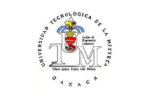
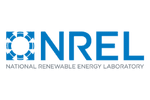













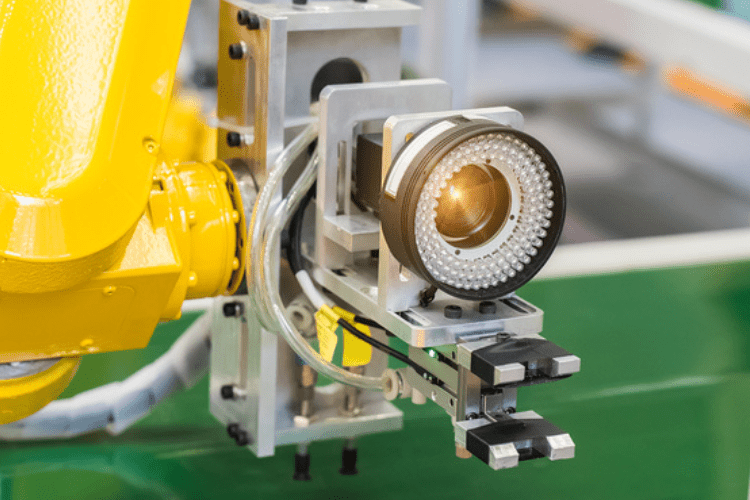
The rise of automation is beginning to expand beyond the scope of the factory floor to the outdoors, where direct sunlight, abnormal reflectance, and shadowing start to play a more significant role in machine vision systems.
Current testing systems utilize fluorescent lamps with high-frequency controllers that miss significant portions of the light spectrum, lack tunability in light conditions and intensity, and drift in quality over time.
What happens when these traditional testing setups are employed in dynamic outdoor environments? Or non-traditional manufacturing floors?
False outcomes. Lost time. Slowed innovation. All due to current instrument limitations.
The future of testing is here with a G2V Optics Class AAA tunable solar simulator.
Replicate indoor and outdoor light from your lab to test current and future machine vision sensors before they see the field.
Soon, no environment will be off-limits for machine vision.
Featured Innovations
Develop the future by replicating the field light conditions from the lab
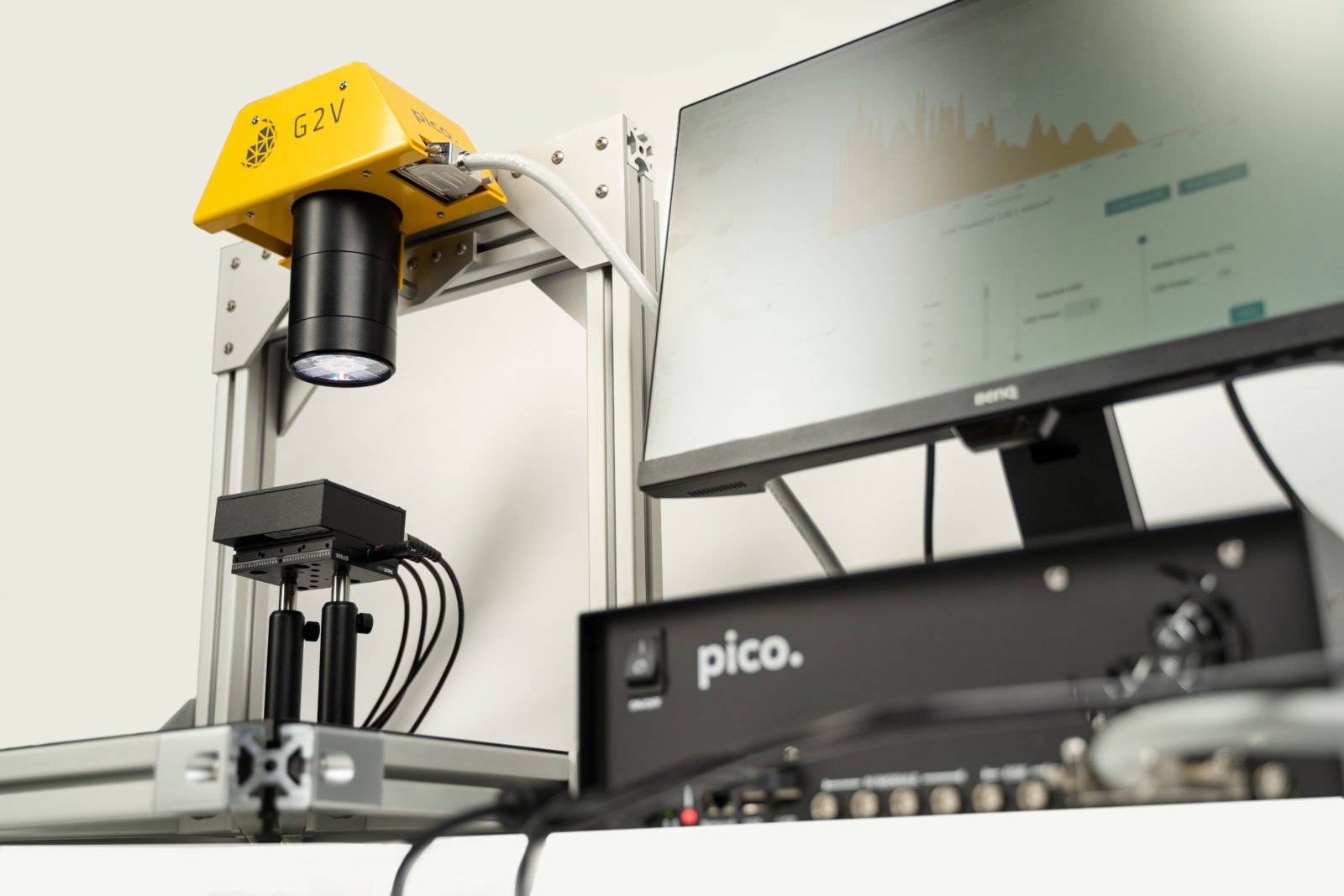
Your machine vision sensors are being found anywhere from production lines to vehicles on roadways and various applications in between. The demand to expand the applications your sensors can be used in is increasing. The complexity to test these systems are also becoming more demanding beyond a frequency controlled light bulb to simulator their future environments. The Pico™ solar simulator provides tunable Class AAA light to explore uncovering light artifacts before they reach the field.
Explore The Future of Machine Vision Testing.
Make light a lab condition you can completely control.
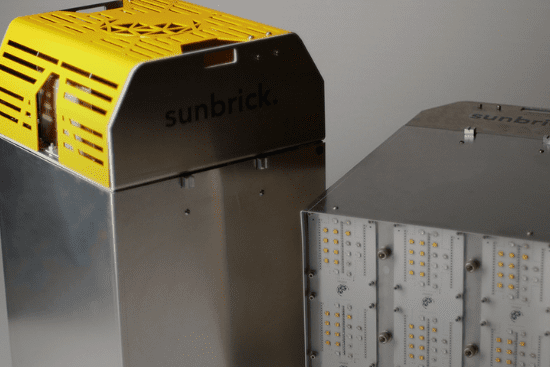
Your sensors are small enough to fit almost anywhere. With their small stature comes the need for batch testing in production or R&D applications under accurate and repeatable lighting conditions. This ensures every sensor performs the same. The Sunbrick™ class AAA solar simulator has a modular design that can scale without sacrificing Class AAA quality. They are built with wavelength tunability to meet your present and future research requirements whether it is in a lab or on a manufacturing line.
Testing for the Future of Machine Vision with the technology of tomorrow.
Large scale flexibility without sacrificing quality.
Featured ArtIcle
Optimize Your Future Solar Simulator Purchase To Test Your Machine Visions Systems
Checking endless vendor websites for answers on technical specifications, prices, and reliability just leaves you with more questions. You shouldn’t need to spend hours searching just to get an answer, so we did it for you.
We have compiled a comprehensive guide on the Total Cost of Ownership between solar simulators.
Our guide will walk you through the basic considerations in terms of cost-to-benefit ratio, and performance metrics for choosing between different simulators in the market, explain the factors in a purchase decision like initial cost and upkeep expenses, and discuss why choosing the right simulator is key to enabling scientific discovery.
Maximize your research time and save your budget.
Knowledge Base
Scouring the internet for knowledge tangential to your applications is never a fun task. In order to save the scientific community time we have been building a knowledge base from aerospace to materials testing on how solar simulators are utilized in the field. Visit the knowledge base to learn more about Angle of Emission, Aerospace Sensor Testing, Calibrated Irradiance and much more.
In our modern era, nearly every industry has standards that set baselines for ensuring its associated products are safe and suitable to perform intended tasks. Solar simulation – reproducing sunlight – is no different, having standards that specify the requirements for solar simulators, and...
A solar simulator is not the same as a light source. A solar simulator does contain a light source but it’s so much more than that! Solar simulators are specialized instruments that also contain a collection of optical pieces and electronic components carefully calibrated to match the sun’s spectral composition and energy flux with high accuracy.
LEDs, even white ones, only emit narrow band radiation. Therefore, many LEDs with emission in multiple wavelengths are necessary to achieve an output true to natural sunlight. Additionally, LED output must be individually and globally adjusted for irradiance of 1000 W/m² which is the accepted standard for terrestrial earth. Solar simulators also should meet industry standards such as IEC60904-9 which outlines spatial uniformity, temporal stability, spectral match, spectral coverage, and spectral deviation benchmarks.
The takeaway is that solar simulators are a worthwhile investment due to the specialized components and considerable work that goes into calibrating them to produce engineered sunlight. Need a more in-depth comparison, check out our pricing guide for more details.
One of the key advantages of LED solar simulators is their very small warm up times. It takes LEDs less than a few microseconds to start emission light after they have been turned on. In the practice, you can expect class A steady-state output from the simulator around 5 minutes after it has been turned on.
The G2V simulators have been designed to meet class A+ temporal stability requirements. Unlike your existing Xenon solar simulator or optical light source, you should not see any meaningful variation in output even when testing a sample continuously over the course of several days. Take solace in knowing your experiment’s repeatability isn’t tied to your light maintenance.
The Sunbrick and the directed Pico models produce light with an angular full-width at half-maximum (FWHM) of approximately 20 to 30 degrees. Explore our Angle of Emission Article for more information.
Yes! Both of our solar simulator products have software integration options available so that you can program the scheduling and testing routines best suited for your unique research.
Our simulators have been designed to accurately reproduce the light output of the sun. Please avoid staring directly at the LEDs as UV light could damage your eyes. It is recommended to wear protective glasses when working with high reflectance surfaces.
Solar Simulation
Today’s research. Tomorrow’s future. No matter what you are working, you deserve the information you need, right when you need it. That’s why we have built a team of experts to consult with to assist in accelerating your discoveries.
We love to talk about science and are always eager to hear about your research. So let’s talk about your needs.
We’re curious about what you’re working on.

Join over 9,000 people who receive our monthly newsletter that contains news updates and access to important resources.